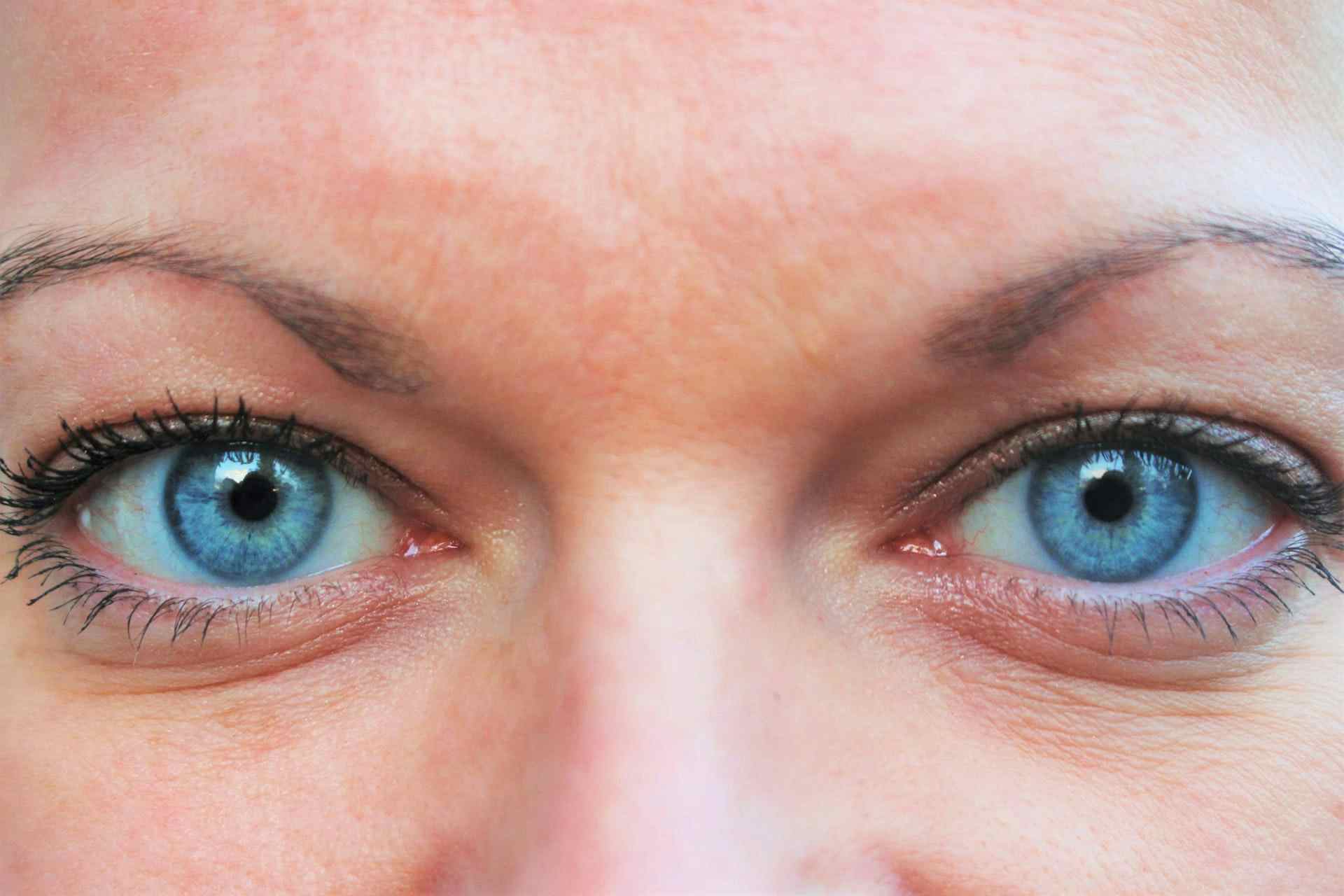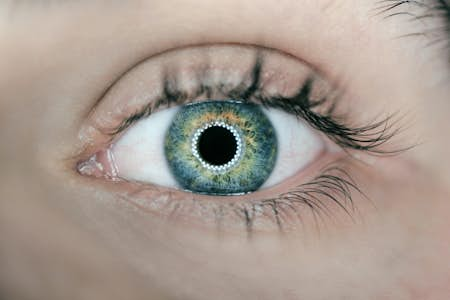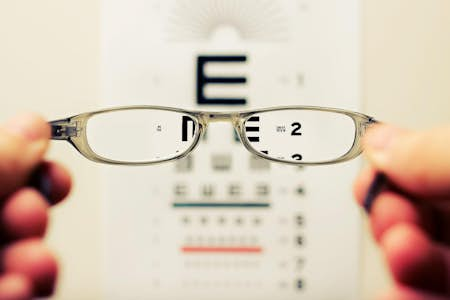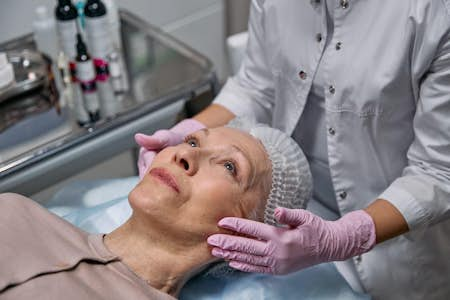Most people experience eye problems at some point in their life. These could be eye conditions that are temporary and easy to resolve or complex and severe eye diseases that adversely affect your sight and the quality of your life.
Some eye conditions are age-related, whereas other eye problems develop due to genetic influences or as a corollary to another disease or health condition. Some eye disorders can be symptomless, which is why you should always have a regular eye exam regardless of your age and the state of your eyesight. The National Eye Institute recommends an annual dilated eye exam from the age of 60.
One way to support your eye health is to understand the most common eye diseases so you know what to look for. Here are some of the most common eye conditions, what they are and how they can cause vision problems and sight impairment.
Eyestrain
Eyestrain is just overuse of the eyes, and it is easy to do if you spend long hours on screen work or driving. Just like any other part of your body, your eyes get tired. Good eye care is essential so rest your eyes regularly. Eye drops can help with any dryness or discomfort.
Blepharitis
Blepharitis is not serious. However, left untreated, it can cause an eye infection. Blepharitis is inflammation which causes swollen, itchy eyelids. The eyes feel itchy or gritty and clogged and sticky in the morning when you wake up. Some simple eye care can manage this condition. Rinse your eyes and keep them clean until the symptoms resolve. Avoid makeup and contact lenses until your eyes feel better.
Dry Eye
Dry eye happens when your eyes don’t produce enough good-quality tears. Dry eye is common as people age. It can cause a burning sensation and, in chronic or extreme cases, lead to some vision loss. You can manage dry eye with eye drops, sometimes called 'false tears,' which lubricate the eye. Protecting your eyes from overly dry environments can also help. Your GP may prescribe medicated drops which stimulate tear production.
Conjunctivitis
Conjunctivitis, also called pinkeye, is inflammation of the tissues that line the back of the eyelids. Conjunctivitis causes itching and burning with a sensation that there is something in your eyes. Left untreated, it can develop into an eye infection. Cool, boiled water can help clean and soothe the eyes. You can usually resolve conjunctivitis at home.
Floaters
Floaters are tiny specks or spots that appear to float across your field of vision. Floaters can be completely normal, but sometimes, they are the sign of a more serious eye problem like retinal detachment. This is when the retina at the back of the eye separates from the layer underneath. If floaters are new to you or you notice a change in the type or number of spots, you should seek advice from an eye specialist as soon as possible.
Myopia
Myopia is short-sightedness, which means difficulty looking at distant objects that appear blurry and indistinct. Myopia affects many adults and children but can be easily corrected with glasses or contact lenses. There are also permanent surgical interventions available. A history of myopia in your family is one of the risk factors associated with this eye condition.
Cross eyes
Cross eyes or strabismus means both eyes are not aligned with each other. Strabismus occurs when the muscles of the eyes don't work correctly. However, other factors like nerve damage can also create this eye disorder. Cross eyes require intervention from an ophthalmologist and are correctable.
Uveitis
Uveitis is a collective term for any eye disorder that causes inflammation of the uvea, the middle layer of the eye and the area richest in blood vessels. Uveitis can destroy eye tissue, cause loss of vision, and even total eye loss. Uveitis is characterised by eye pain, red eyes, blurred vision and sensitivity to light. These symptoms can easily be confused with other less severe eye conditions, so it is always important to seek medical advice if they don't resolve within a few days.
Macular degeneration
Macular degeneration, often referred to as age-related macular degeneration or AMD, is one of a group of retinal disorders. The retina is a thin lining on the back of the eye that collects images and transfers them to the brain. AMD occurs when a tiny element of the retina called the macula begins to break down. Retinal detachment is when the retina starts to separate from the layers underneath, and diabetic retinopathy is damage to the blood vessels in the retina caused by diabetes.
Glaucoma
Glaucoma is increased pressure within the eye that, if left untreated, can damage the optic nerve. Some glaucoma is symptomless, so it is essential to have regular eye exams so it can be spotted and treated early with either prescription eye drops or surgery.
Astigmatism
Astigmatism is caused by a defect in the shape of the eye, so it is more rugby ball-shaped than round. Astigmatism causes blurred vision, headaches and eye strain. It is often accompanied by long-sightedness (farsightedness) or short-sightedness, also called near-sightedness.
Hyperopia
Hyperopia is the opposite condition of myopia and is also called long-sightedness or far-sightedness. This is when close-up objects are hard to focus on or appear blurry. Working hard to focus all the time may cause eyestrain and headaches. Reading glasses can correct the problem, or laser retraction surgery is also an option for some cases.
Cataracts
Cataracts are cloudy areas that develop in the lens of the eye. Light cannot pass through these cloudy areas to the retina at the back of the eye, impacting vision quality. Cataracts are symptomless in that there is no eye redness or pain; if they are small, some people may be unaware they have them. Surgery can treat cataracts relatively easily.
Retinitis Pigmentosa
Retinitis Pigmentosa, or RP, is a group of rare eye diseases that affect the retina. RP causes cells in the retina to break down slowly, causing vision loss. Retinitis Pigmentosa is usually inherited and present from birth. Symptoms begin in childhood and typically start with a loss of night vision. Over time, peripheral vision will decline, narrowing the field of view, also called tunnel vision. Retinitis Pigmentosa eventually causes sight loss, but there are techniques and treatments which can slow the decline, and support patients whilst they adjust to reduced sight.








